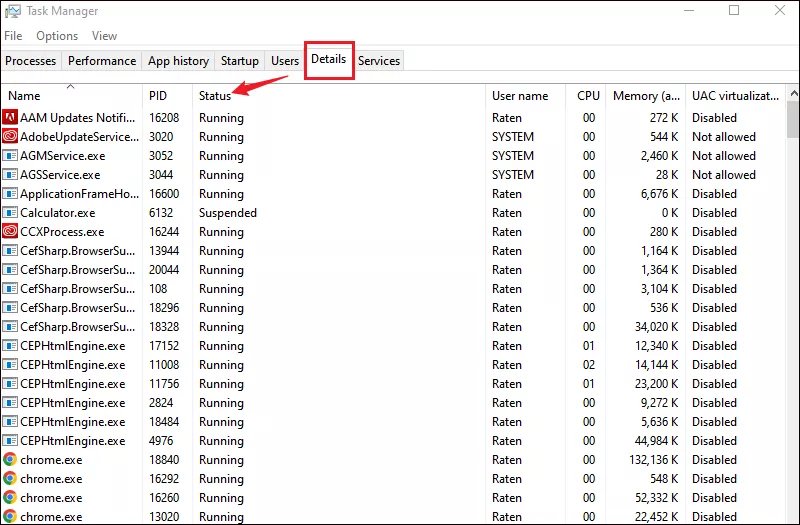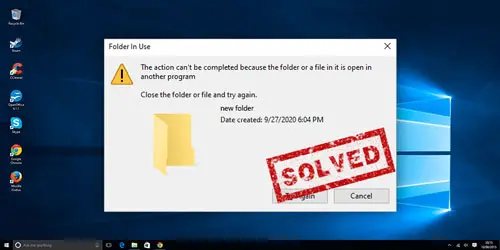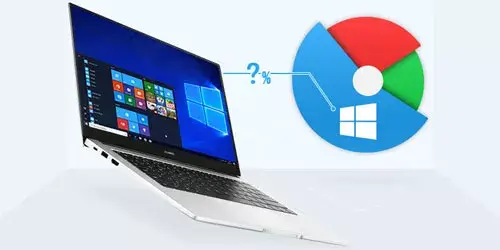Something Is Downloading in the Windows Background: How to Find Out?

We are used to keeping our computers connected to the internet at all times, however, there may be programs that automatically start downloading in the background before we are aware of it. This could be a download on your browser, a new version of an application download, or a Windows update download. One of the above could be slowing down your computer and if you want to check whether there is something downloading in the background, follow this article to figure it out.
1. Check browser downloads
The first thing you should check is whether your browser is downloading content that you didn't expect, either due to your accidental clicks or out of the settings of certain websites or videos. Launch your browsers and click the three dots on the top-right corner. Then select Downloads, check the pop-up list for any items being downloaded.
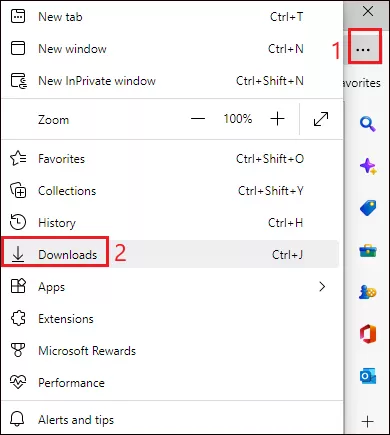
2. Check Windows update
Many users have enabled automatic Windows update, but at times the download of updates may cause problems and affect the efficiency of the computer.
Press Windows + I to open Settings and click Windows Update. There will be a list of updates that are currently downloading while a prompt will be displayed if the system update is pending or has already been completed.
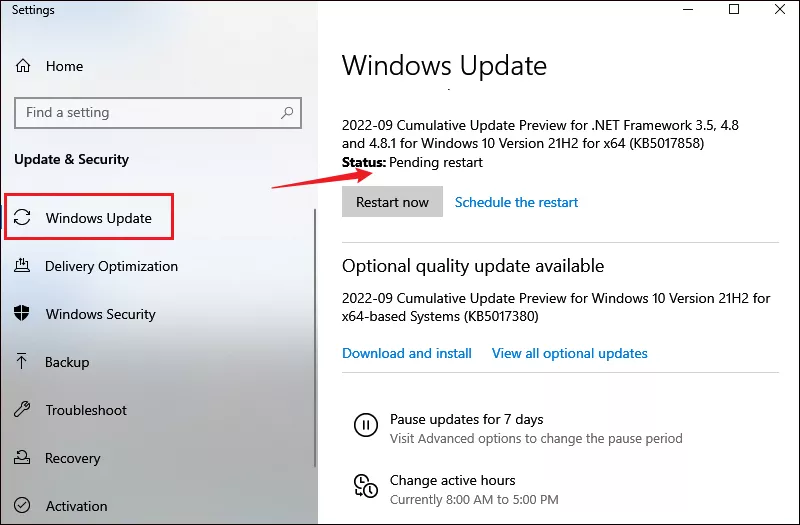
Alternatively, you can check for Windows update in Task Manager:
Step 1: Press Ctrl+Shift+Esc to open Task Manager.
Step 2: Select Processes tab and scroll to locate process Services Host: Network Service. Then click on the down arrow on its left to expand this option. If you can see Delivery Optimization under the list, it means a system update is downloading or pending to install.
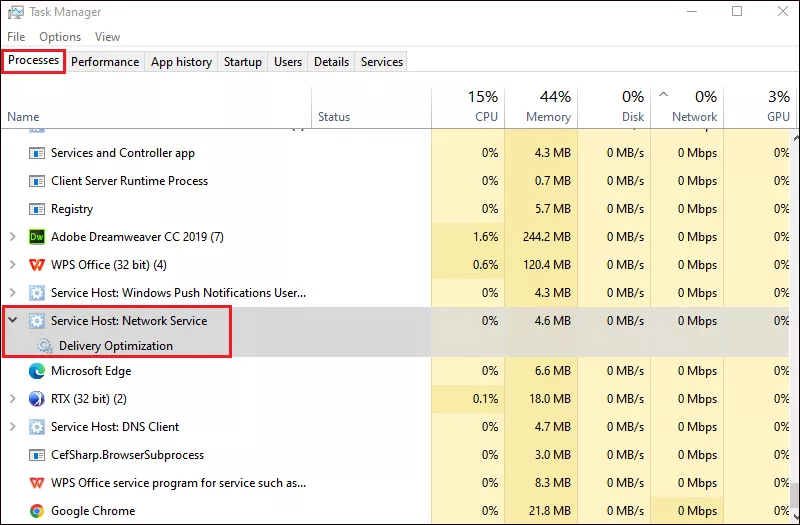
3. Check Data usage
Step 1: Open Settings and select Network & Internet > Status.
Step 2: Click Data usage under the connected network.
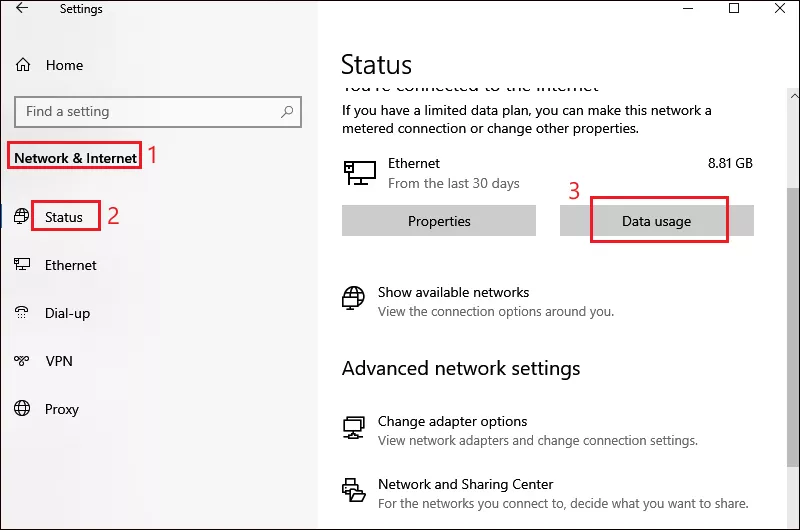
It's normal that browsers and system are occupying high data, you need to check any more what is taking up more data.
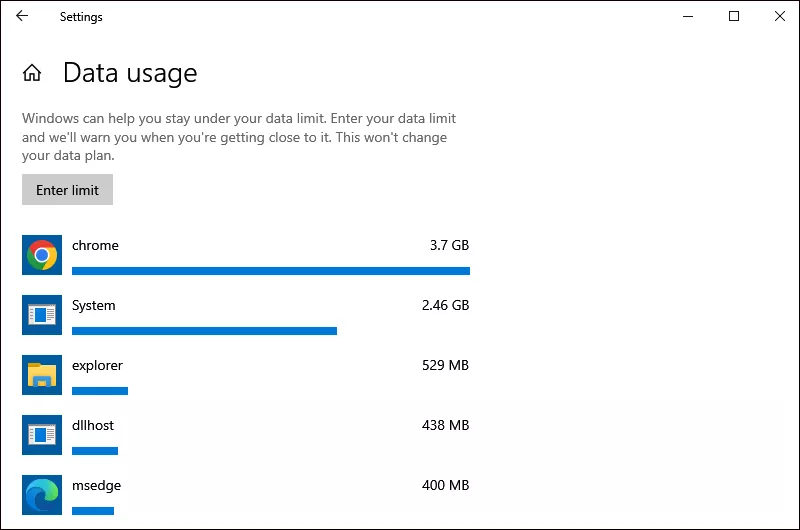
4. Check network usage via Resource Monitor
Step 1: Press Windows + R to open Run command and type resmon in the box to open Resource Monitor.
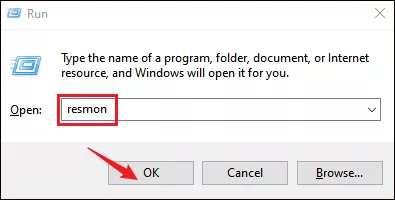
Step 2: Select Network tab and expand the Network Activity. Check what consumes the highest network data. You can tick the checkbox of the running processes to bring up the subprocesses, which can help you to find out the one using more data.
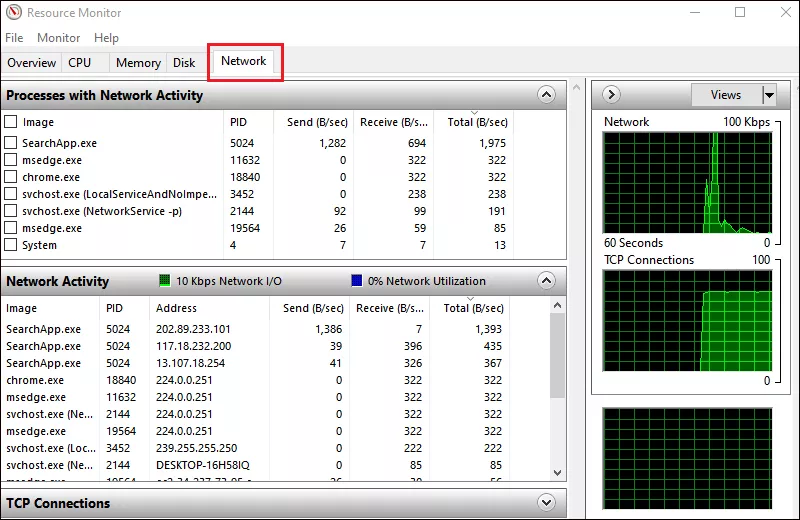
5. Check processes via Task Manager
Step 1: Press Ctrl+Shift+Esc to open Task Manager.
Step 2: Select Processes tab and click on the Network column to sort the following programs in order of network usage. Then launch the application to determine whether a downloading is going on.
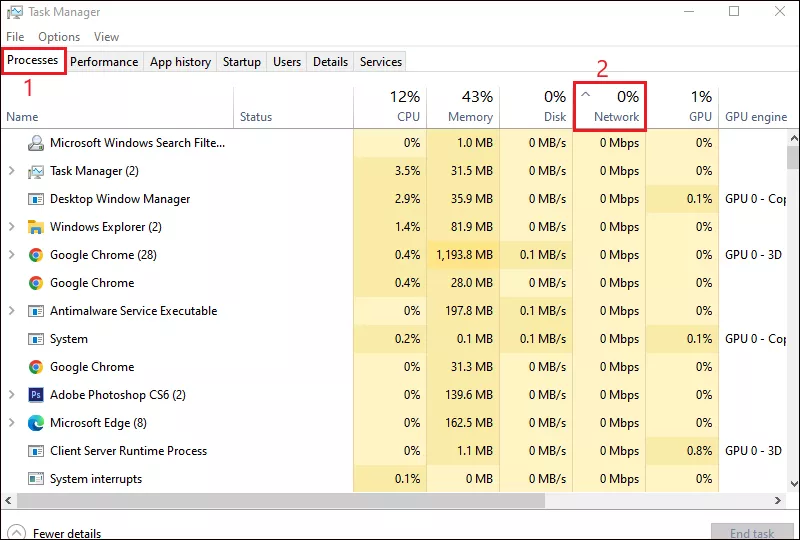
Step 3: Select Details tab to see if download is listed under Status column.
